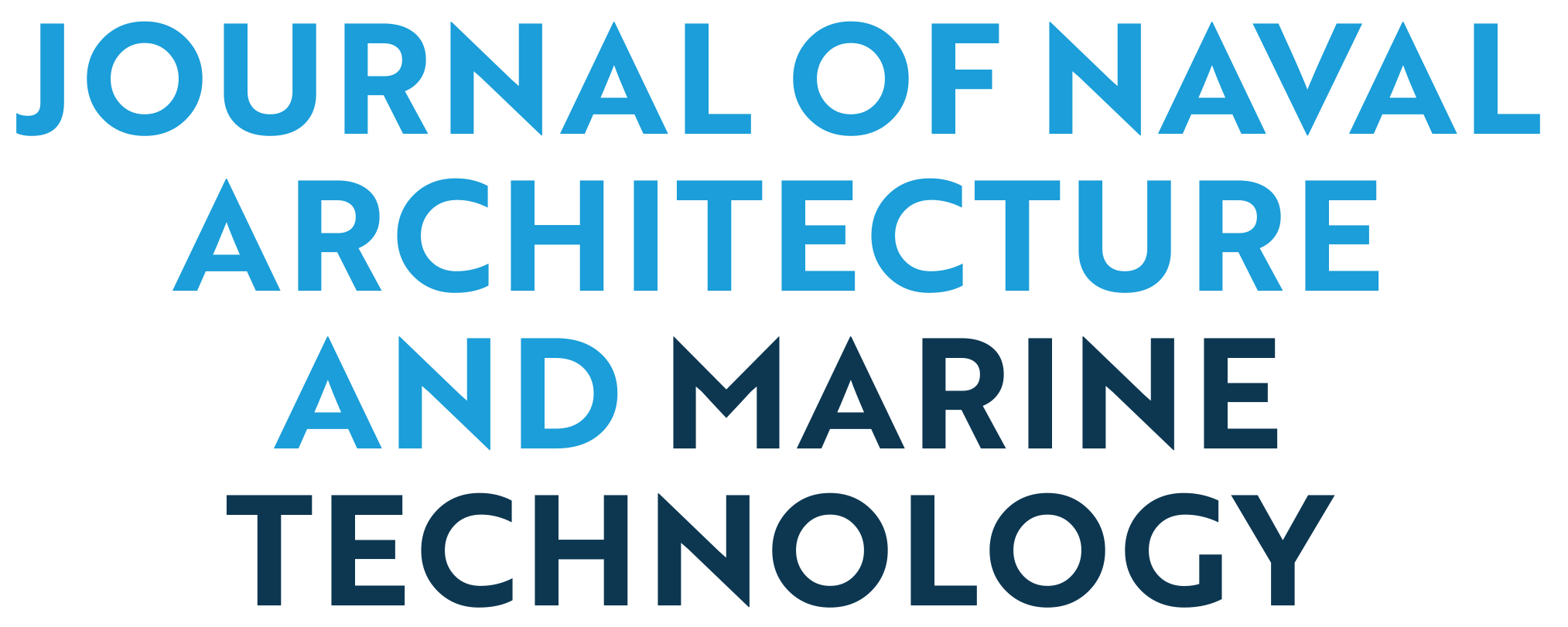ABSTRACT
The hull of the marine vehicle can be optimized based on the target one or more purposes. One of the most frequent purposes is the form optimization to obtain the most suitable form in terms of resistance. When it comes to energy efficiency, optimizing the vessel's form in terms of resistance means less fuel consumption. However, it is thought that the effect of the optimized form on other dynamics in the marine vehicle should also be investigated. Resistance coefficients were obtained for this purpose by constructing various bow and stern forms for a simple submarine form. The resistance coefficients of both the submarine and the form derived from this submarine were validated again in this study since different software programs were used in the previous study. These dimensionless resistance coefficients obtained for various velocities were compared to each other and the experimental data. Furthermore, the static drift analyses are performed to obtain the sway force and yaw moment at various attack angles. The dimensionless hydrodynamic coefficients, such as Y_v' and N_v’, have been calculated with fitting a curve to the values of sway forces and yaw moments. The non-dimensional hydrodynamic coefficients differences calculated for the submarine and derived bare hull are close to each other when compared in terms of maneuvering derivatives.


